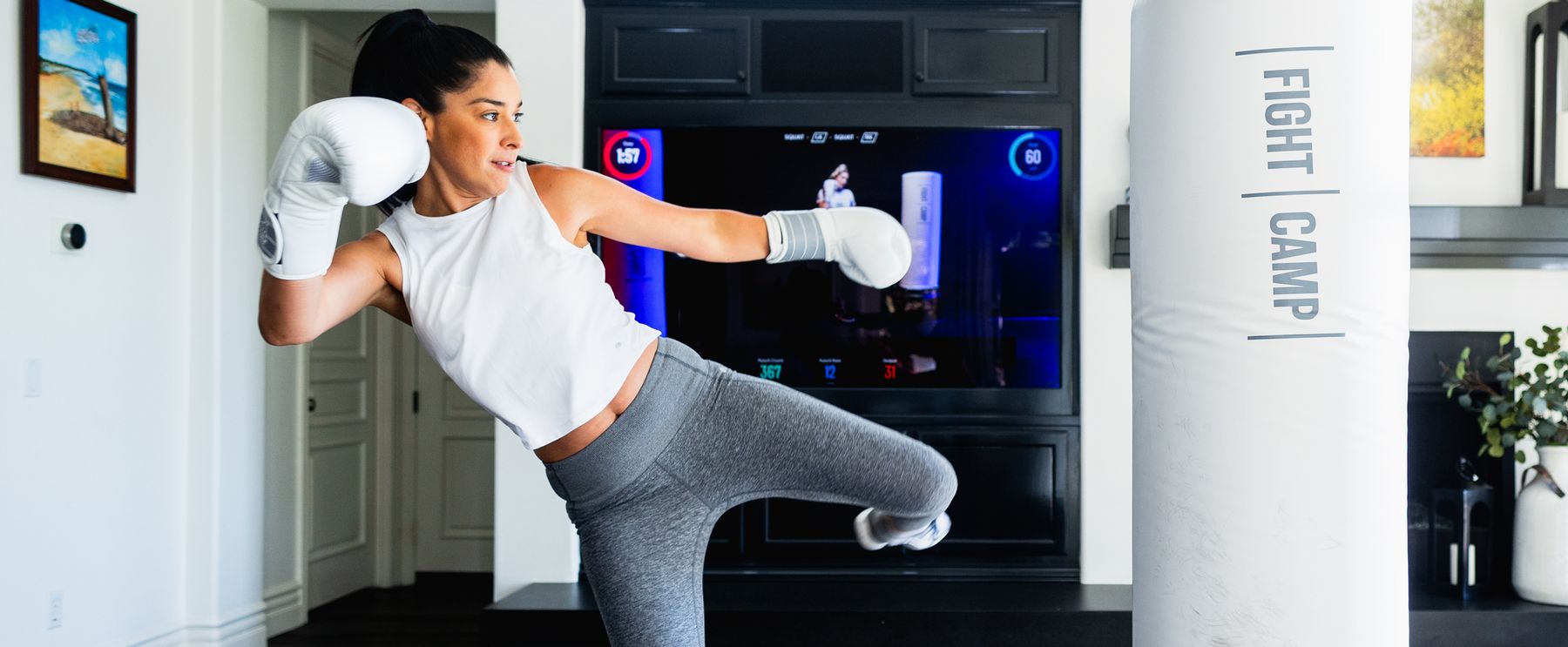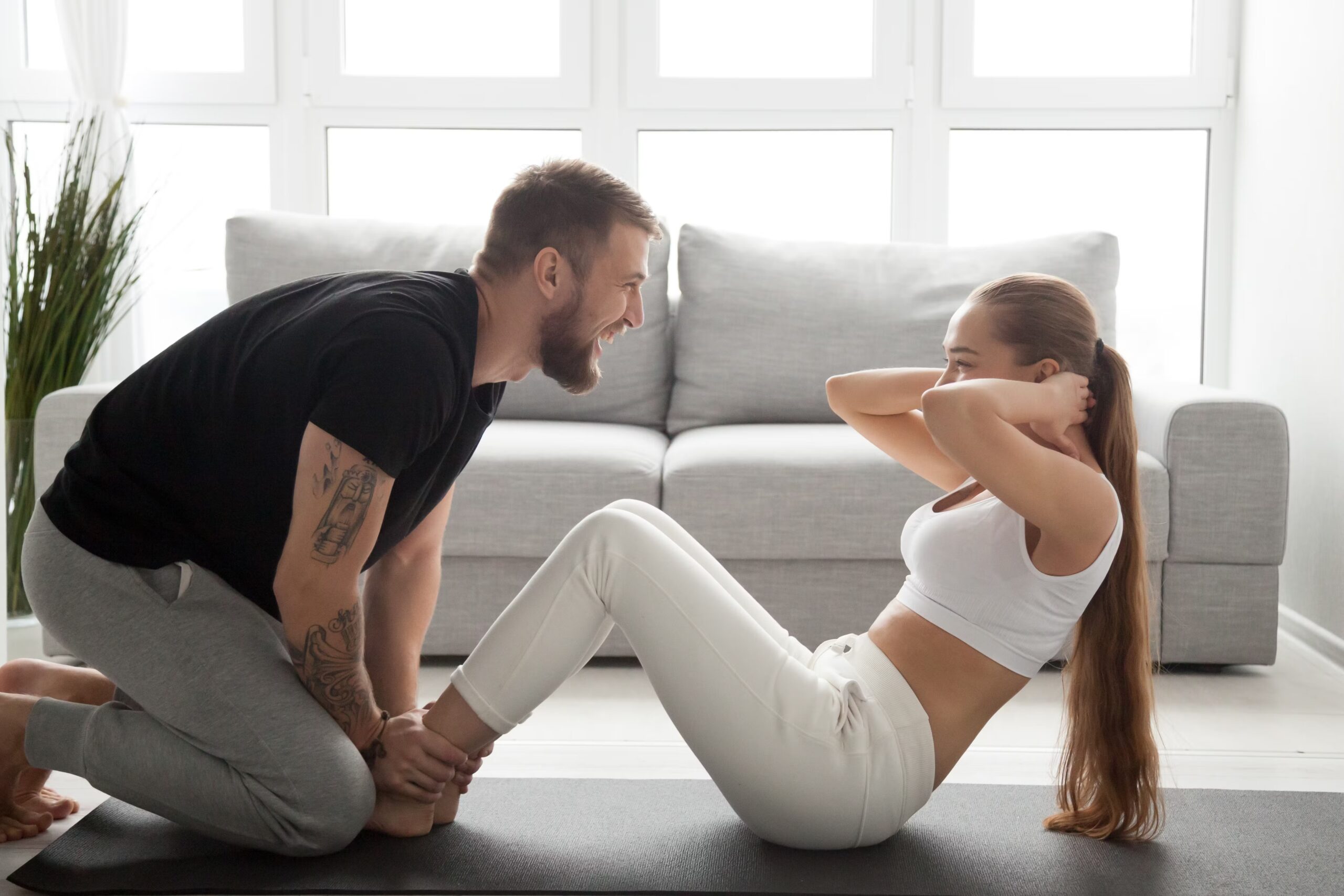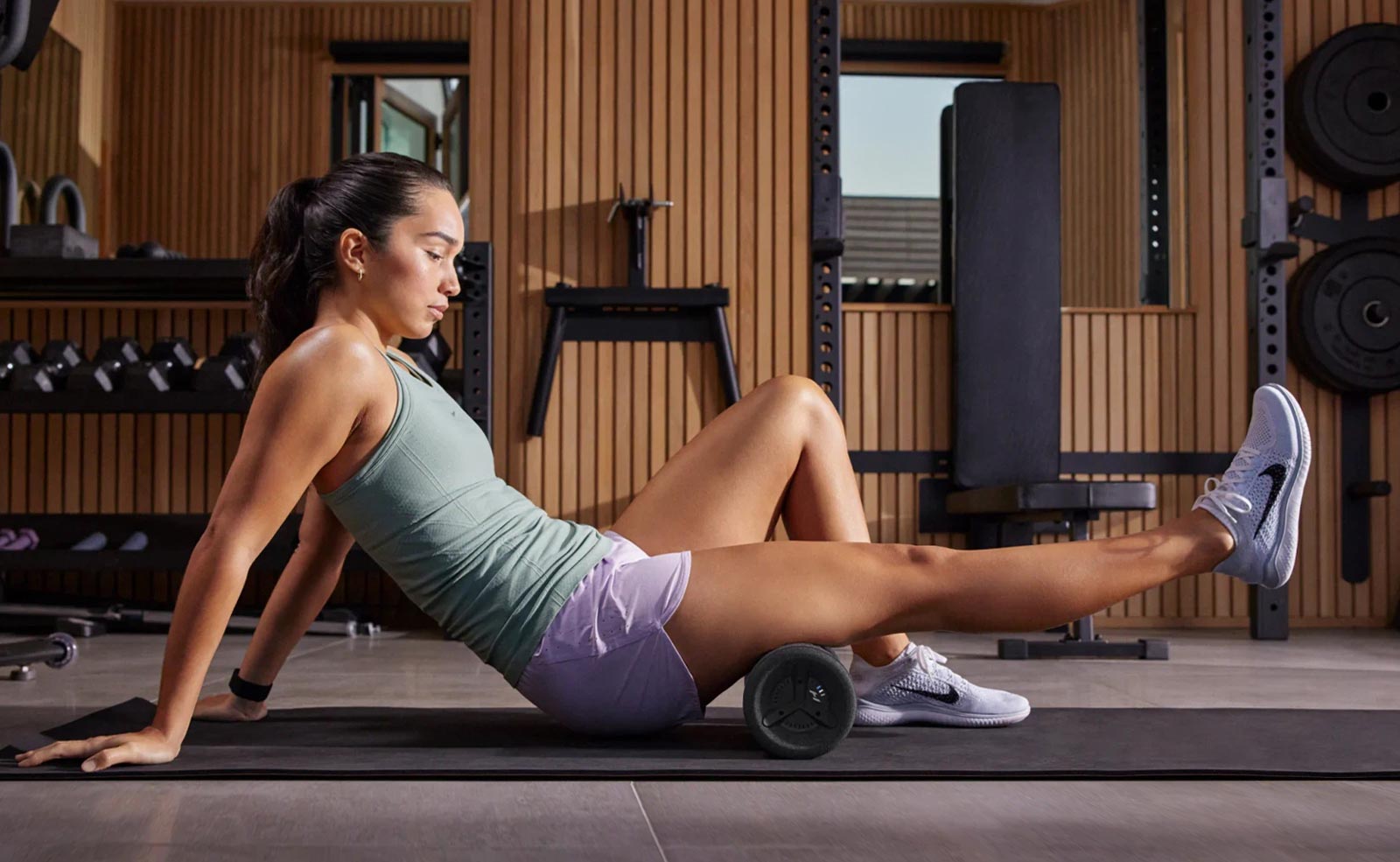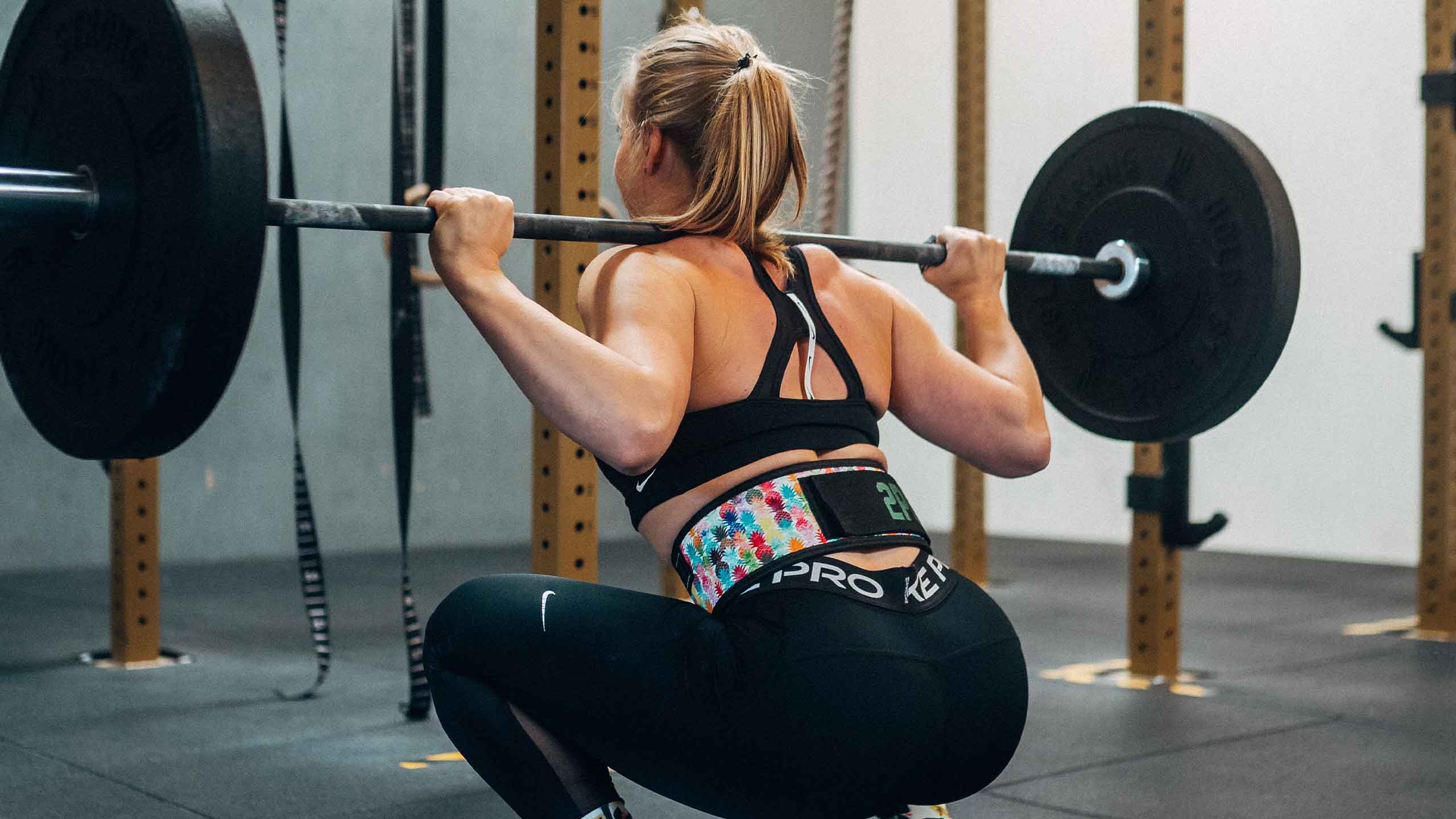Home cardio kickboxing is an exciting way to blend fitness and martial arts from the comfort of your home. This workout format not only helps you burn calories but also improves your strength, flexibility, and overall endurance. Whether you are just starting or looking for a new challenge, cardio kickboxing can fit into any routine without the need for special equipment.
Getting started with cardio kickboxing means mastering simple punches, kicks, and footwork that elevate your heart rate. This high-energy training keeps your body challenged and engaged, making workouts enjoyable and effective. Plus, you can easily adjust the intensity to match your fitness level, enabling you to progress over time.
As you advance, the techniques become more intricate, and the workouts can be tailored to maximize results. By incorporating martial arts moves, you not only enhance your fitness but also gain valuable self-defense skills. The combination of engaging drills and dynamic movements ensures that you stay motivated and committed to your fitness goals.
Key Takeaways
- Cardio kickboxing combines effective workout techniques and fun martial arts moves.
- You can perform these workouts at home without any special equipment.
- As you progress, you can enhance your fitness while learning self-defense skills.
Getting Started with Cardio Kickboxing
Cardio kickboxing is a fun and effective way to improve your fitness while learning martial arts techniques. It combines punches and kicks in a dynamic workout that can be done at home with little to no equipment. Here’s how to get started.
Understanding the Basics
To begin, know that cardio kickboxing focuses on rhythm and movement. You will use various techniques, including punches like the jab, cross, hook, and uppercut, along with kicks. Each session typically involves a warm-up followed by intense bursts of exercise.
A standard routine may include:
- Warm-Up: Light movements to prepare your body.
- Technique Drills: Practice basic punches and kicks.
- Cardio Intervals: Alternate between high-intensity moves and brief rests.
- Cool Down: Stretching to relax your muscles.
Focusing on form will help prevent injuries and improve your performance.
Essential Home Equipment
While many cardio kickboxing workouts require no equipment, having a few basic items can enhance your routine. Consider the following essentials:
- Comfortable Workout Clothes: Choose breathable fabrics that allow for movement.
- Supportive Footwear: Proper shoes provide support and traction.
- Mat: For floor exercises and stretches to protect your joints.
- Hydration: Keep a water bottle nearby to stay hydrated during your workouts.
You can also use small items like dumbbells or resistance bands for added intensity, but they are not necessary to start.
Designing Your Space
Creating a suitable workout space is crucial for your comfort and safety. Here’s how to set it up:
- Choose a Quiet Area: Find a space with minimal distractions.
- Clear the Floor: Ensure you have enough room to move freely without obstacles.
- Good Lighting: Make sure the area is well-lit so you can see your movements clearly.
- Mirror: If possible, use a mirror to monitor your form and technique.
Having an organized and inviting space will make you more likely to stick to your workout routine.
Building a Strong Foundation
To succeed in home cardio kickboxing, start with key elements that enhance your performance. Focusing on warm-up routines and core training sets you on the right path. This section looks at essential exercises for preparing your body and boosting your strength.
Warm-Up and Mobility
A proper warm-up is vital before beginning your kickboxing workout. It increases your heart rate and prepares your muscles for action.
Incorporate dynamic stretches to improve flexibility and mobility. Consider the following exercises:
- Jumping Jacks: Start with 2-3 minutes to get your blood flowing.
- Arm Circles: Perform 10 circles forward and backward to loosen your shoulders.
- Leg Swings: Swing each leg forward and backward, 10 times on each side.
These movements help prevent injuries and enhance your range of motion. Spending at least 10 minutes on warm-ups ensures your muscles and joints are ready for more intense workouts.
Core and Balance Training
A strong core is crucial for kickboxing. It helps with balance, coordination, and overall stability. Include core exercises in your routine to build strength effectively.
Here are some recommended exercises:
- Planks: Hold for 20-30 seconds; progress as you get stronger.
- Russian Twists: Sit on the floor, lean back slightly, and twist your torso from side to side. Aim for 10-15 repetitions.
- Leg Raises: Lie flat and lift your legs; complete 10-12 reps.
Integrating these core workouts will benefit your kickboxing skills and improve your endurance. Good core strength allows for more power in your strikes and better control during movements.
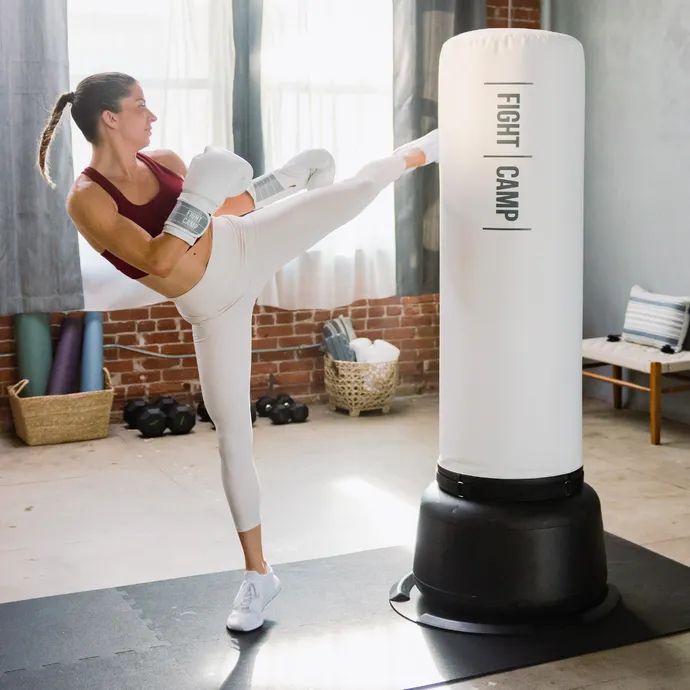
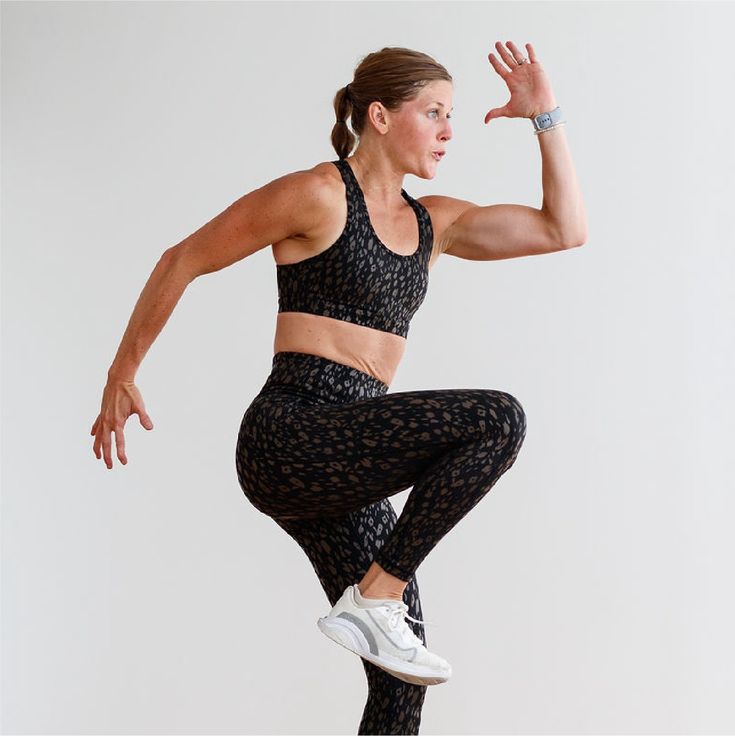
Advanced Cardio Kickboxing Techniques
To elevate your cardio kickboxing skills, it’s important to focus on mastering power moves and combining high-energy routines. These advanced techniques will enhance your workout, boost your strength, and improve your overall performance.
Mastering Power Moves
Power moves are essential for building strength and explosiveness. They often involve strong kicks and punches that engage your entire body.
- Front Kick: Aim with your heel, extending your leg straight out. This targets your core and legs.
- Side Kick: Turn your supporting foot and use your heel to strike. This enhances your hip flexibility.
- Knee Strikes: Pull your knee up forcefully and aim for your target. This is crucial for upper body engagement.
Focus on your form and technique to maximize the impact of each move. Practicing these techniques can help with precision and power in every strike, making your workout more effective.
High-Energy Combinations
Creating high-energy combinations involves linking different kickboxing exercises seamlessly. This keeps your heart rate up and builds endurance.
Start with these combinations:
- Jab-Cross-Front Kick: Begin with a quick jab and a cross punch, then finish with a front kick.
- Uppercut-Side Kick: Deliver an uppercut followed by a side kick to improve coordination.
- Hook-Knee Strike: Throw a hook punch and follow it with a powerful knee strike to engage your core.
Incorporating these combos into your workouts elevates not just your skill level but also your stamina. The faster pace will give you that high-energy workout essential for effective cardio kickboxing.
Maximizing the Benefits
To gain the most from home cardio kickboxing, focus on maintaining consistency and incorporating recovery practices. These two aspects will enhance your workout results, improve your fitness, and support your mental well-being.
Consistency and Progression
Sticking to a regular schedule is key to effective cardio kickboxing. Aim for at least three to four sessions per week to see noticeable improvements in your cardiovascular endurance, strength, and weight loss.
Here are some tips to maintain consistency:
- Set specific days and times for your workouts. Treat them like important appointments.
- Track your progress to stay motivated. Use a journal or app to log your workouts.
- Gradually increase intensity. Challenge yourself with new moves or increase the duration to prevent plateaus.
As you build stamina, you’ll burn more calories, contributing to a calorie deficit necessary for fat loss.
Cool Down and Recovery
After each workout, prioritize cooling down and recovery. This helps your body adapt and can reduce muscle soreness.
Include these practices:
- Stretch your muscles. Spend at least 5-10 minutes stretching after each session. Focus on areas like your legs, arms, and back.
- Hydrate properly. Drink water to replace fluids lost during your workout.
- Rest days are important. Allow your body to recover to prevent injury and improve your performance.
Incorporating these recovery steps aids in stress relief, making your cardio kickboxing routine not just effective but enjoyable.
